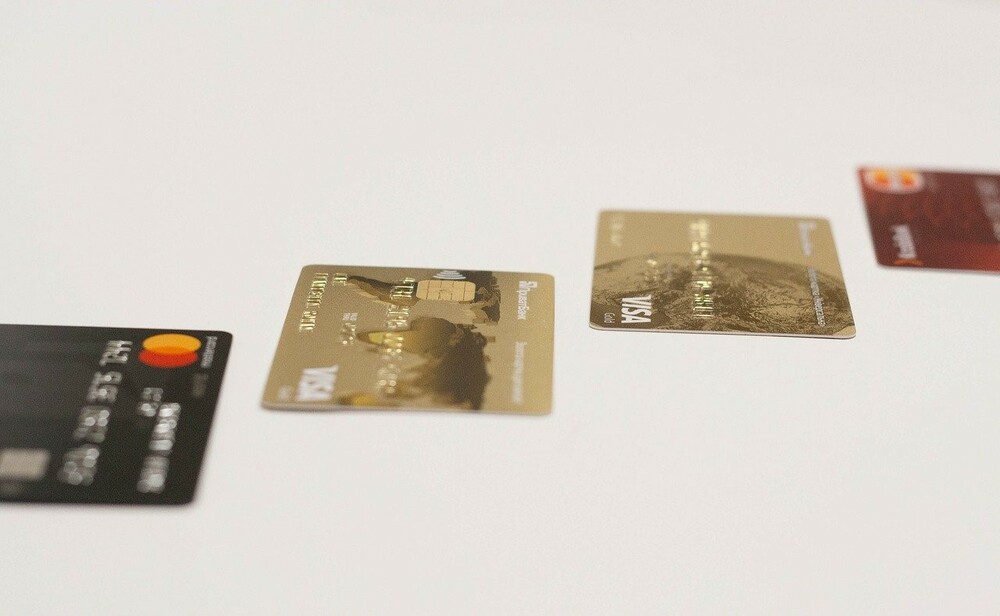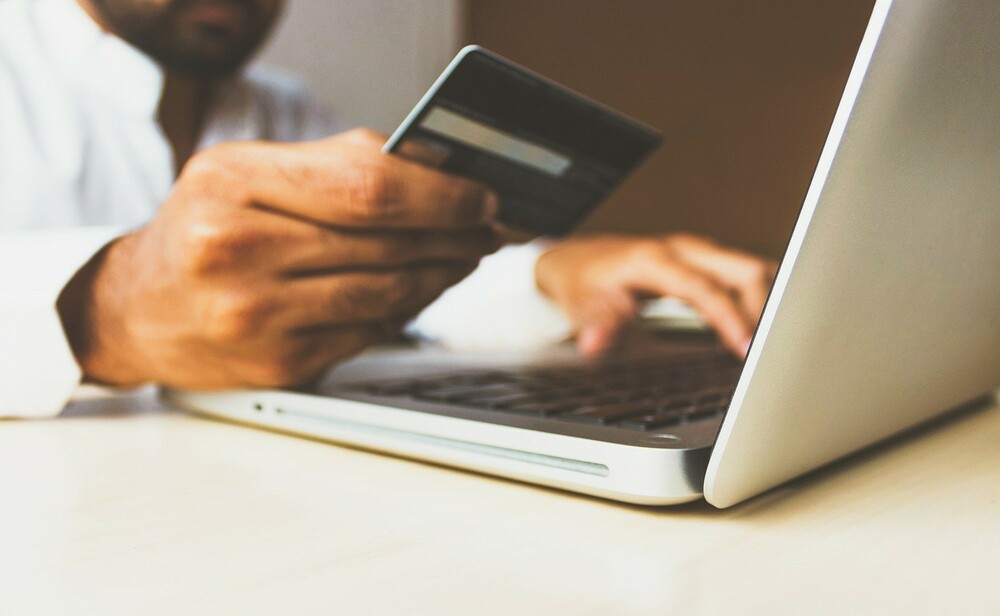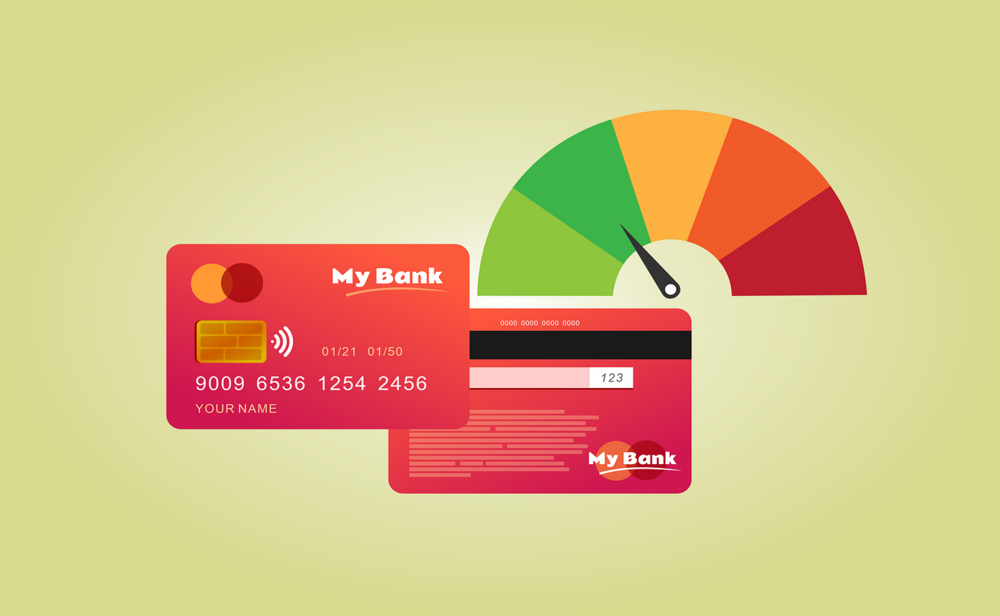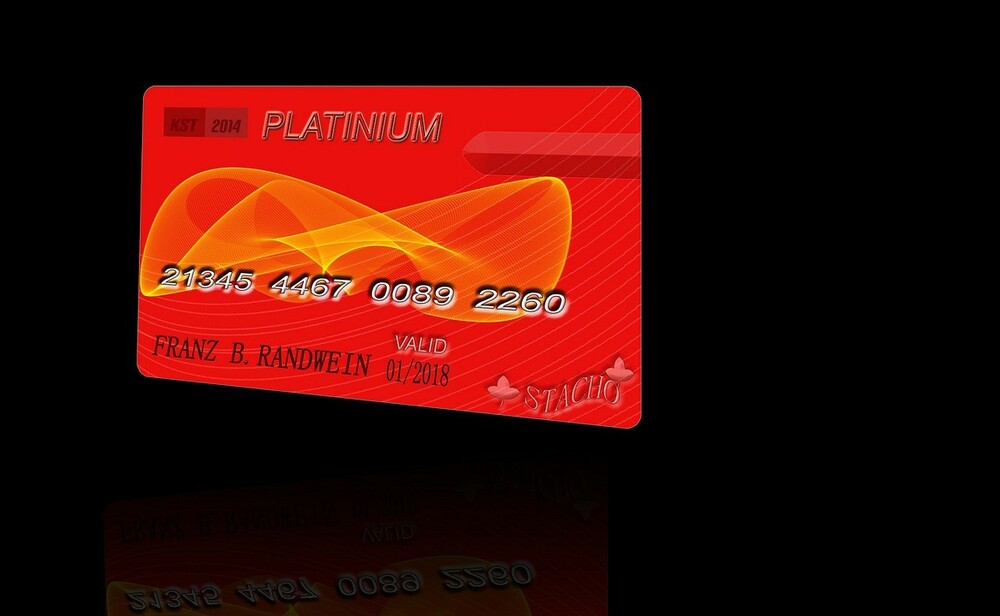Your Weekly Financial Self-Care Checklist
The notion of self-care is growing in popularity, but it extends beyond yoga classes and mental health days off work. Self-care is, at its foundation, a focus on the self and managing your physical, emotional, mental, and, while you may not know it, financial well-being.

Financial well-being has four main components: the ability to pay reoccurring bills, a plan for unforeseen expenses, the flexibility to spend as desired, and the pursuit of long-term financial objectives. A multitude of factors, including your attitudes about money, decision-making, and behavior, might affect your ability to achieve financial well-being.
By setting aside time to manage financial duties, you may begin to create excellent money habits that will pay off in a long time. Creating a weekly plan for financial self-care may help you maintain focus and momentum while you pursue financial wellness.
Day 1: Take a Financial Inventory
You must complete the first item on your financial checklist if you are determined to improve your financial health. Once you’ve determined your financial starting point, you may refine your strategy for long-term financial health.
In order to assess your financial status, you must first ask the proper questions and examine the right details. Your budget is an excellent starting point.
For instance, the following are some of the most critical questions to ask while doing an inventory of your money’s sources and destinations:
- How much money do you earn per month?
- Is this income stable month-to-month?
- How frequently do you get money, and how do you allocate funds to pay your monthly bills?
- What are your monthly recurring bills?
- Do you exceed your budget in any category?
- What portion of your budget goes toward debt repayment?
- Does your budget include a line item for savings?
Understanding how much you make against how much you spend is the cornerstone of any plan for financial self-care. But it is also vital to consider your overall financial situation.
For instance, if you have debt, you should know to who you owe money, how much you owe, how much interest you’re paying, and what proportion of your monthly income goes toward debt. This information will be useful once you reach Day 3 of your financial to-do list (more on that below).
If you have an irregular income because you own a business or work as a freelancer, compute your average annual income for the past 12 months. Use this amount as a comparison point for your monthly expenditures.
Day 2: Return to your budget
Budgets are not always fixed in stone. While your monthly income may be pretty stable, you may find yourself spending more or less at certain intervals. Charting your expenditures on a budget spreadsheet can facilitate the identification of spending trends.
Once you’ve generated your budget spreadsheet, review it to identify where you can minimize costs and where you may be squandering money each month. Among the more apparent items to decrease or remove are the following:
- Unused streaming or subscription services
- Recurring subscriptions that you do not require (for example, the gym)
- Amusements and recreation
- Anything that is not a need, including gadgets, clothing, restaurant meals, etc.
You could also seek out additional opportunities to exercise financial self-care by reducing your budget. You may be able to reduce the cost of your auto insurance by shopping around for a different carrier, and you may save money on your house insurance by combining coverage.
Day 3: Pay Debt
As of the first quarter of 2020, Americans collectively accumulated $14.3 trillion in debt, impeding their route to financial debt.
1 If you have debts that are being paid automatically, you should monitor your bank account activity to verify that you have the funds to pay these bills. This can aid in avoiding hefty overdraft fees or late payment penalties in the event of a returned credit card or loan payment.
Consider how to handle your debt money plans if you have leftover funds in your budget after covering vital and non-essential costs. If you have high-interest debt, you might apply this money to such sums to pay them off more quickly. The sooner you pay off debt with a high-interest rate, the more you will save on interest costs. There are other ways you may employ, such as the debt snowball and debt avalanche methods.
Keep in mind, though, that if you don’t have anything set away for emergencies, you may want to devote additional dollars to savings. According to a 2018 Federal Reserve research, nearly forty percent of households lack the savings to meet a $400 emergency. 2 Building up your savings might prevent you from incurring further debt by utilizing credit cards to pay unexpected costs if you do not already have any money set aside.
Consider debt consolidation or refinancing your student loans to obtain a cheaper interest rate. Additionally, you may be able to move high-interest credit card balances to a card with an introductory 0% APR (APR).
Day 4: Establish an Emergency Fund
If you encounter an unanticipated expenditure or financial issue, emergency savings might help you recover financially.
For instance, if you lose your work or become ill and are unable to work, an emergency fund can help you pay your bills until things return to normal. You can also use your emergency savings to pay for unanticipated expenses such as veterinary bills, auto repairs, or other unexpectedly high costs.
The amount of savings you should have is up to you, but financial experts often recommend having three to six months’ worth of expenditures saved. You may also consider setting aside a fixed amount of money for each member of your household. So, if you’re a family of four, you may strive to save $2,500 per member for a total of $10,000 in emergency savings.
Including emergency savings as a recurrent item in your budget is an excellent approach to saving for unexpected emergencies. By treating savings like a payment that must be paid, you may maintain the steady growth of your emergency fund.
Emergency funds are intended to be liquid savings, which may be used as necessary. In lieu of a certificate of deposit (CD) or investment account, you may choose to store your money in a high-yield savings account or money market account.
Day 5: Save for retirement
Even if you don’t monitor your retirement savings every week, it’s essential to include this task on your financial self-care checklist. Knowing how much you are saving (or not saving) for retirement might help you assess your likelihood of achieving your goal.
Investing via a 401(k) or 403(b) is frequently the simplest way to begin retirement planning. Numerous firms make it easy to save by enrolling new employees automatically. Contact your human resources department if you are uncertain whether you are enrolled in a retirement plan at work. They are able to determine if you are enrolled, what you are investing in, and how much you contribute each pay period.
Individual retirement accounts (IRAs) are an alternative option to invest in for the future if your work does not provide a retirement plan. IRAs are a tax-advantaged way to save for the future, and you can open one at practically any online broker.
As you monitor your retirement savings plan weekly, monthly, or quarterly, pay in mind the following:
- How much you contribute monthly and annually
- The aim of your financial money
- How profitable your investments are
- What you’re paying in investment fees
This final point is crucial since fees can erode results over time. Exchange-traded funds (ETFs) with low expense ratios can help keep fees at bay.
Utilize an online retirement planning calculator to see how much you will need to save monthly or annually to secure your future.
Day 6: Check your credit score and report
Checking your credit score on your own has no effect on your credit report or score; thus, it is OK to include this activity in your weekly financial wellness routine. As you evaluate your credit report and ratings, pay close attention to the factors that are helping and harming your score.
Paying bills on time, maintaining low credit card balances, keeping existing accounts open, and applying for new credit carefully can all have a good effect on your credit. Paying late, carrying huge sums relative to your credit limitations, and opening many credit accounts in a short period of time can all have a negative impact on your credit score.
In addition, monitor your credit card accounts each month to pay your total expenditure and the amount of interest you may be charged if you carry debt. This is also a good time to examine your bank statements for any strange transactions that may suggest fraud.
If you discover an inaccuracy on your credit report, you can dispute it with the credit agency that provided the information. By law, erroneous information must be either updated or deleted from your credit report.
Day 7: Realize Your Financial Objectives
Setting financial objectives is another essential component of financial self-care. Many of the items on your financial checklist affect your current financial status, but you should also consider the future.
Ask yourself what your unique financial objectives are. It may be anything as easy as taking a single vacation or purchasing a new vehicle or something as significant as purchasing a home. Create a plan for accomplishing your goals as you generate ideas.
Say your objective is to pay your $20,000 in school debts within the next two years. Your current monthly payment is $500, with an APR of 7%.
In this situation, your financial checklist may be like the following:
- Refinance your private student loans in order to reduce your interest rate to 5%
- Increase your monthly contribution to $875
- Examine your budget to identify the additional $375 for your debts.
- If you can’t locate the additional money you need in your budget, consider beginning a side business.
- Apply any windfalls to your main balance, such as a tax refund or stimulus check.
You may utilize the same method to save $20,000 if that is your objective. Only the steps may look like this:
- Establish high-yield savings account for the highest yearly percentage interest (APY)
- Review your budget to locate $875 each month to save
- Begin side money or utilize cashback programs to maximize the amount you may save.
- Accelerate the growth of your savings by putting tax returns and other windfalls in your account.
The idea is to develop goals that are explicit, quantifiable, attainable, pertinent, and time-bound. In addition, ensure that you track your success weekly, monthly, and annually to see where you may need to make adjustments to your goals.
The Conclusion
The occasional spa visit is a terrific way to relax, but self-care on a financial level involves more than that. If you’re interested in attaining long-term financial wellbeing, incorporating frequent money checks into your routine will assist. Although it may take some time to adjust, your future self will be grateful for the work you do today to develop excellent money habits.





